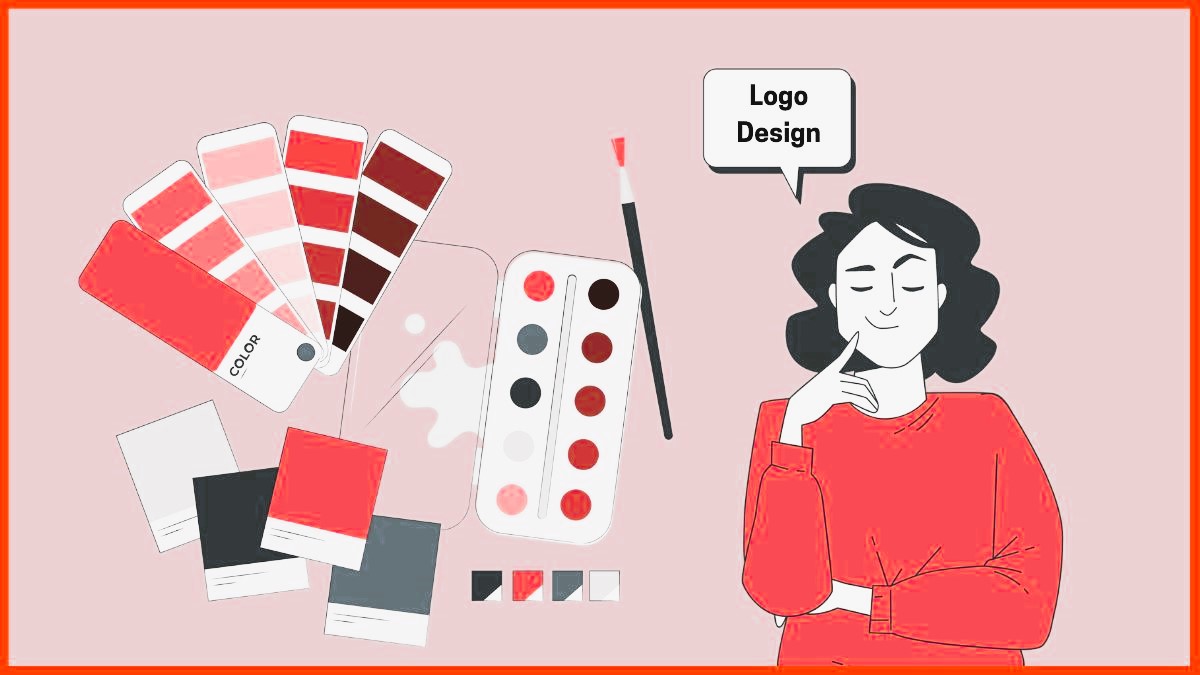In the dynamic world of business and branding, a strong visual identity is a powerful asset that distinguishes a brand from its competitors and leaves a lasting impression on its audience. Graphic design plays a central role in shaping this visual identity, encompassing everything from logos and color schemes to typography and overall aesthetic appeal. This article delves into the essentials of graphic design and how they contribute to the creation of a robust visual identity for brands.
1. The Foundations of Graphic Design:
Definition:
- Graphic Design: Graphic design is the art and practice of planning and projecting ideas and experiences with visual and textual content. It involves arranging visual elements in a way that effectively communicates a message.
2. The Importance of Visual Identity:

Definition:
- Visual Identity: A visual identity is the visual aspect of a brand that communicates its personality, values, and promises. It includes the brand’s logo, color palette, typography, and overall design aesthetic.
Impact on Branding:
- Brand Recognition: A consistent visual identity fosters brand recognition, making it easier for consumers to identify and remember a brand.
- Building Trust: A visually cohesive identity instills confidence in consumers, signaling professionalism and reliability.
3. Key Elements of Graphic Design for Visual Identity:
Logo Design:
- Purpose: The logo serves as the primary visual representation of a brand.
- Simplicity: A simple and memorable logo is more likely to resonate with consumers.
- Versatility: A well-designed logo should work across various platforms and applications.
Color Palette:
- Psychology of Color: Different colors evoke different emotions and associations.
- Consistency: Consistent use of colors reinforces the brand’s visual identity. The future of app development, read trends and forecasts.
Typography:
- Font Selection: Fonts convey the brand’s personality, whether it’s modern, traditional, or playful.
- Readability: Legible typography ensures that the brand message is easily understood.
Imagery and Graphics:
- Consistency in Style: Whether using illustrations or photographs, maintaining a consistent style is crucial.
- Relevance: Imagery should align with the brand’s values and resonate with the target audience.
4. Designing for Different Platforms:
Print vs. Digital:
- Print Design: Considerations for print materials differ from those for digital platforms. Resolution, color modes, and file formats play a role.
- Digital Design: Responsiveness and adaptability are key in digital design, ensuring a consistent experience across devices.
5. The Role of Graphic Design in Brand Storytelling:
Visual Storytelling:
- Narrative Elements: Graphic design elements contribute to the overall storytelling process.
- Emotional Connection: Well-designed visuals evoke emotions, creating a deeper connection between the brand and the audience.
6. Trends and Innovation in Graphic Design:

Adaptation to Trends:
- Staying Current: Graphic design trends evolve, and brands must adapt to remain relevant.
- Balancing Timelessness: While incorporating trends, maintaining elements of timelessness ensures enduring visual appeal.
7. Case Studies:
Apple:
- Logo Evolution: Apple’s minimalist logo evolution reflects its commitment to simplicity and innovation.
- Consistent Aesthetics: From product design to marketing materials, Apple maintains a consistent visual identity.
Coca-Cola:
- Iconic Typeface: The Coca-Cola logo’s distinctive Spencerian script is instantly recognizable.
- Color Consistency: The brand’s consistent use of red reinforces its identity.
8. Importance of Standards and Consistency:
Standards in Graphic Design:
- Brand Guidelines: Establishing brand guidelines ensures consistency in the use of graphic design elements.
- Protecting Brand Equity: Consistency protects the brand’s equity and reinforces its identity.
Graphic design is the cornerstone of building a strong visual identity for a brand. From creating memorable logos to selecting a harmonious color palette and crafting compelling visuals, graphic designers play a pivotal role in shaping how a brand is perceived. By understanding the essentials of graphic design and embracing innovation while maintaining consistency, brands can establish a visual identity that resonates with their audience and stands the test of time.
For an in-depth exploration of graphic design principles, visit reputable sources such as IGN.




